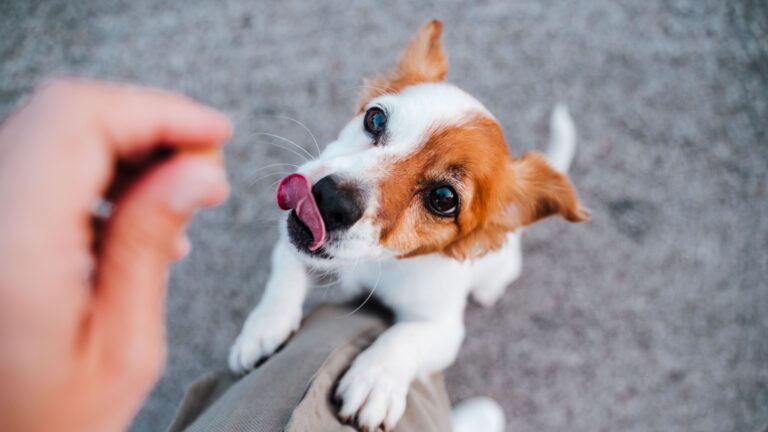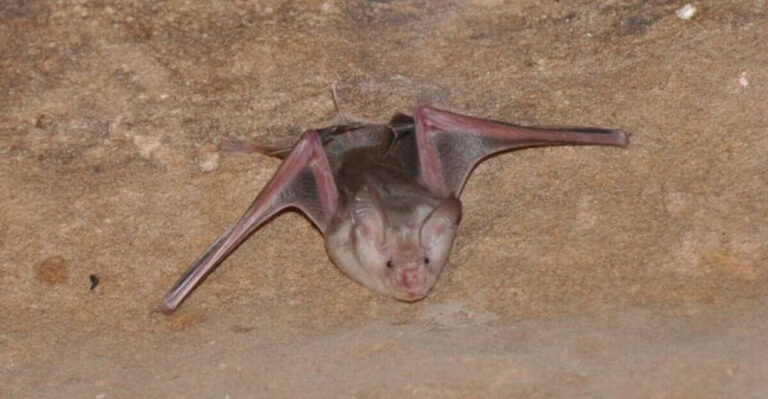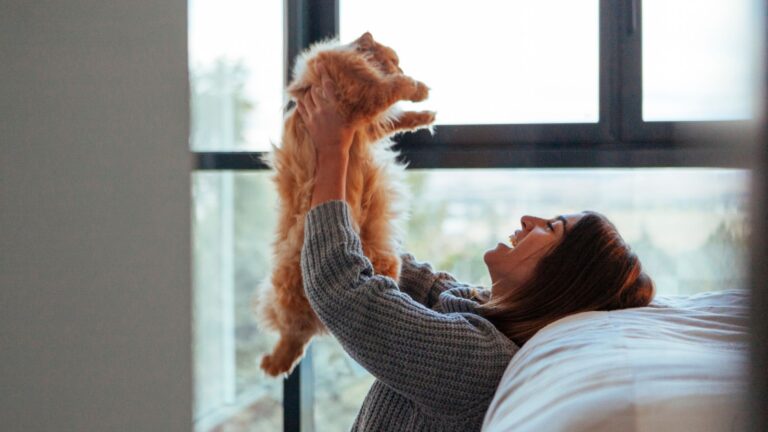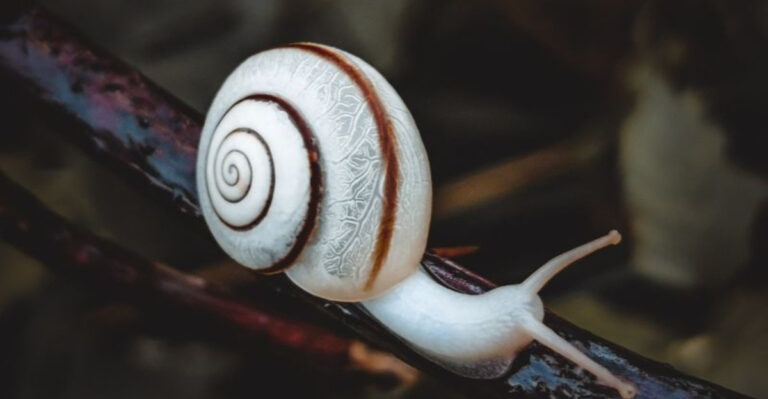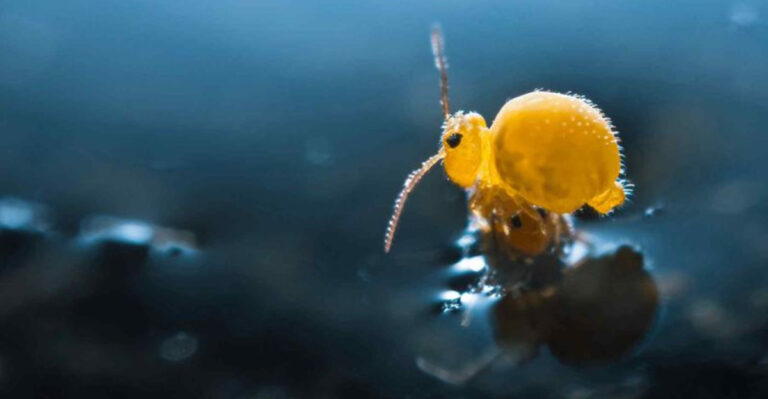10 Surprising Flowers That Are Toxic To Cats
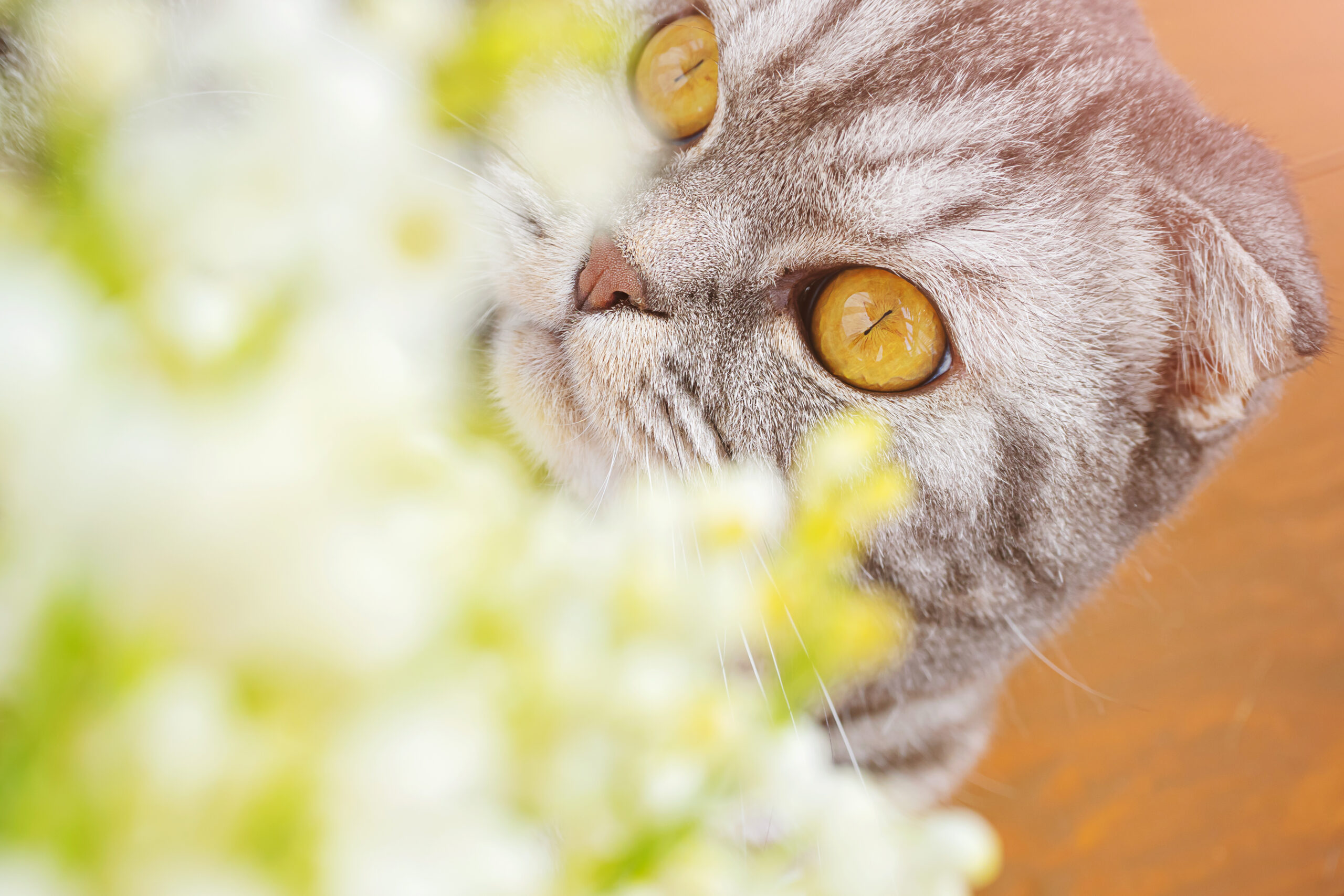
Cats are naturally curious creatures, often exploring their environments by sniffing and nibbling on plants. While many flowers add beauty and fragrance to our homes, some can pose serious risks to our feline friends.
Cat owners must be aware of these hazards to ensure their pets’ safety. This list will explore beautiful yet surprisingly toxic flowers that could harm your beloved cat. By understanding these dangers, you can make informed decisions about which plants to keep in your home and garden.
1. Lilies
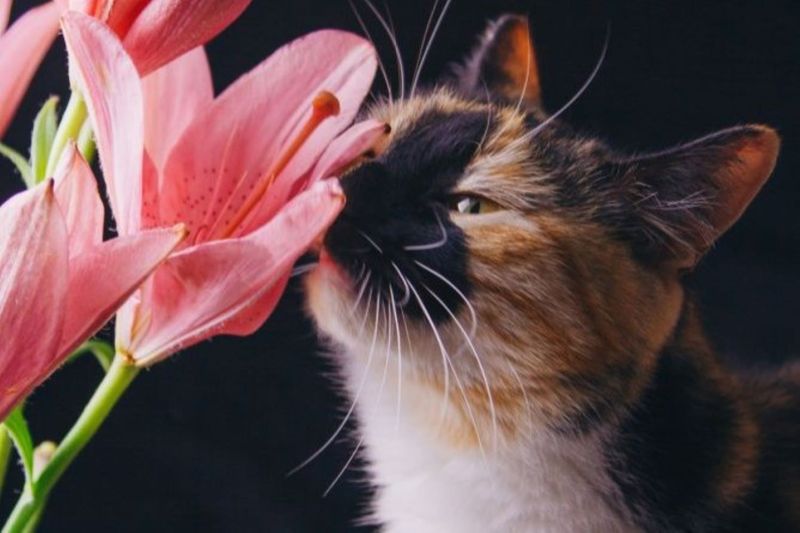
Lilies are among the most toxic flowers to cats. These beautiful blooms, particularly those in the Lilium and Hemerocallis genera, can cause severe kidney damage. Even small amounts of pollen can be fatal.
Cat owners should be cautious with Easter lilies, Tiger lilies, and Asiatic lilies. If your cat ingests any part of these plants, it is crucial to seek immediate veterinary care. Symptoms may include vomiting, lethargy, and loss of appetite.
Preventing exposure is the best measure. Keep lilies out of reach and consider using cat-safe alternatives. Educating other household members about the risks can also help protect your feline friend. By taking these precautions, you can enjoy a beautiful garden without endangering your cat.
2. Daffodils
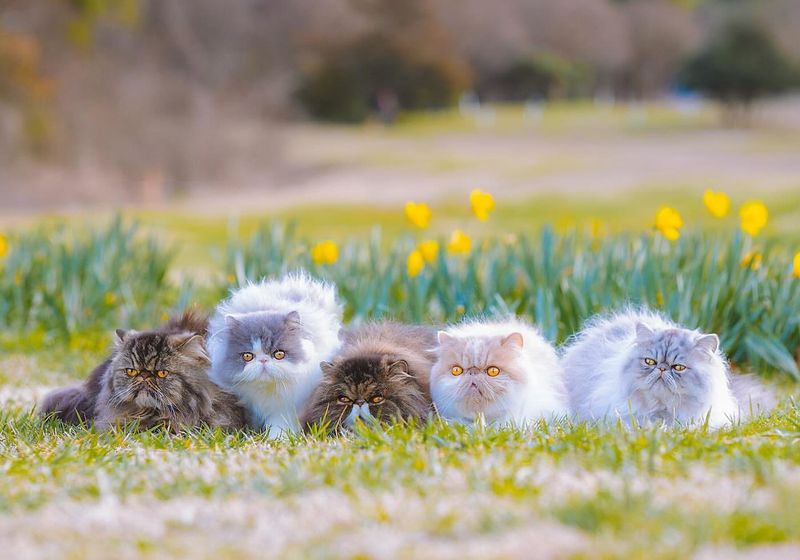
Daffodils, known for their bright yellow blooms, can be toxic to cats if ingested. The bulbs are particularly harmful, containing lycorine and other alkaloids that can cause serious health issues.
Ingestion can lead to symptoms such as vomiting, diarrhea, and abdominal pain. In severe cases, it may even result in convulsions or heart problems. Immediate veterinary attention is essential if you suspect your cat has eaten any part of a daffodil.
To prevent such incidents, it’s wise to avoid planting daffodils in areas accessible to cats. Consider fencing off garden sections or using deterrents to keep your pets away. With proper precautions, you can keep your garden cat-friendly.
3. Tulips
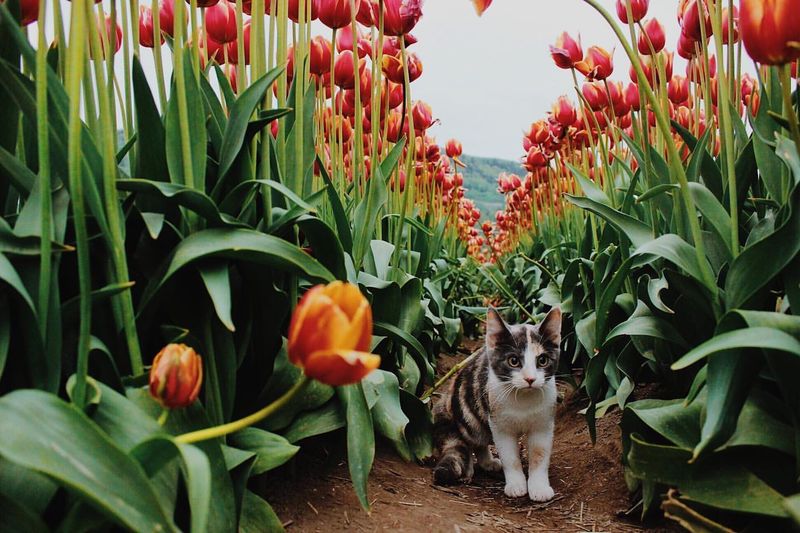
Tulips are popular spring flowers, but they pose a risk to cats. The bulbs, leaves, and flowers contain toxins that can cause discomfort and illness.
Signs of tulip poisoning include drooling, vomiting, and diarrhea. More severe reactions may involve difficulty breathing and changes in heart rate. Prompt veterinary care can prevent serious complications.
To ensure your cat’s safety, keep tulips out of their reach. Opt for artificial varieties if you wish to maintain the floral aesthetic indoors. Educating family members about the dangers of tulips can help maintain a safe environment. By taking these steps, you can enjoy tulips without risking your cat’s health.
4. Chrysanthemums
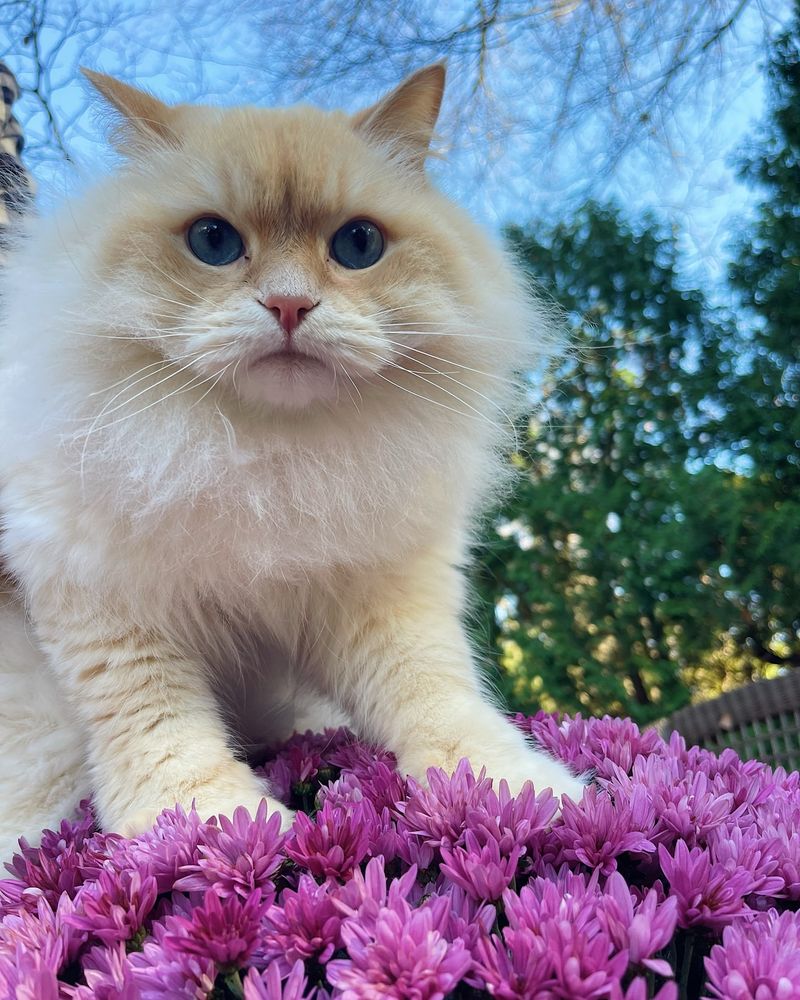
Chrysanthemums are popular for their vibrant colors and variety. Unfortunately, they contain pyrethrins, which can be harmful to cats. Consuming these flowers can lead to symptoms such as drooling, vomiting, and diarrhea.
In some cases, cats may experience more severe symptoms, including loss of coordination and respiratory distress. Immediate veterinary care is necessary to manage these reactions and ensure recovery.
To avoid these risks, keep chrysanthemums out of reach and educate household members about their potential dangers. Consider using cat-safe alternatives for floral decorations. With thoughtful planning, you can maintain a beautiful garden while safeguarding your cat’s health.
5. Foxglove
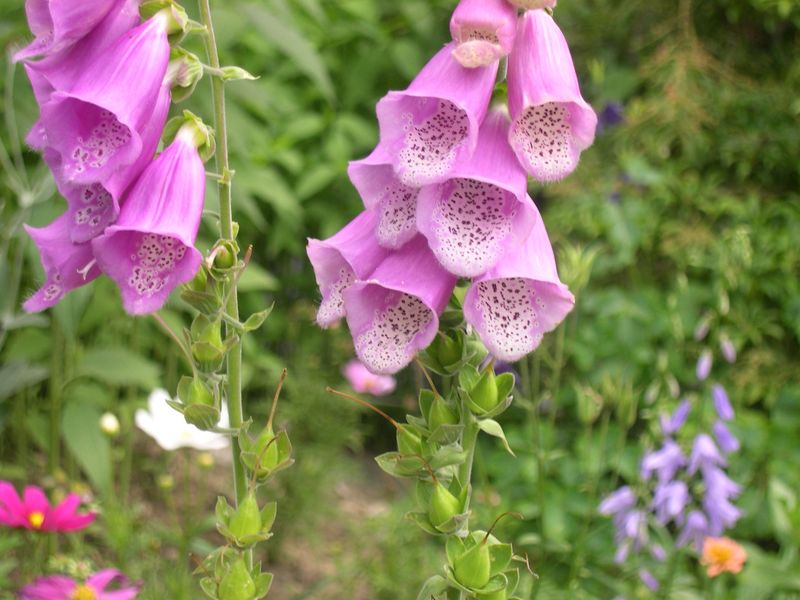
Foxglove is a beautiful yet dangerous plant found in many gardens. Its tall spires of tubular flowers are attractive, but they contain digitalis, a toxin harmful to cats.
Ingestion can lead to symptoms such as vomiting, diarrhea, and heart abnormalities. Left untreated, these symptoms can become life-threatening. Immediate veterinary care is essential if you suspect your cat has ingested any part of a foxglove plant.
To protect your cat, consider removing foxglove plants from your garden or placing them in areas inaccessible to pets. With careful planning, you can enjoy a beautiful garden without compromising your cat’s well-being.
6. Hydrangeas
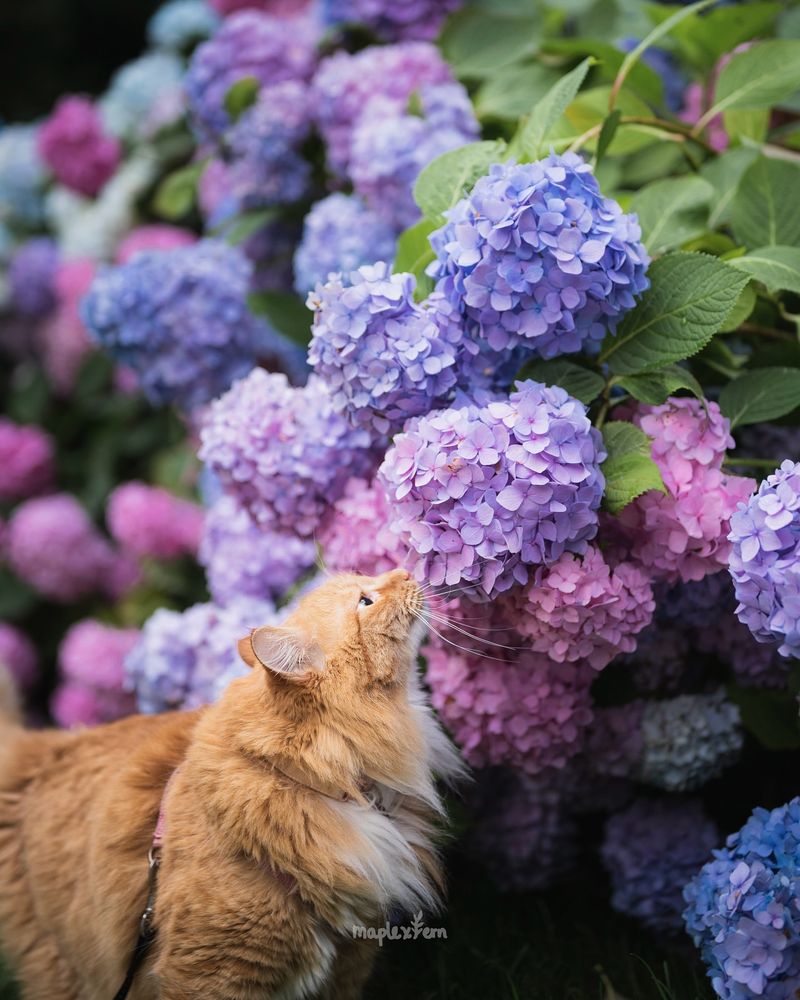
Hydrangeas are favored for their large, colorful blooms. However, they contain cyanogenic glycosides, which are toxic to cats if consumed.
Symptoms of hydrangea poisoning include vomiting, diarrhea, and lethargy. In severe cases, it may lead to respiratory distress. Prompt veterinary attention is crucial to prevent complications.
To keep your cat safe, consider planting hydrangeas in areas out of reach or using deterrents. Opt for non-toxic flowering plants as alternatives. By making informed choices about your garden’s layout, you can enjoy the beauty of hydrangeas without endangering your feline friend.
7. Rhododendrons
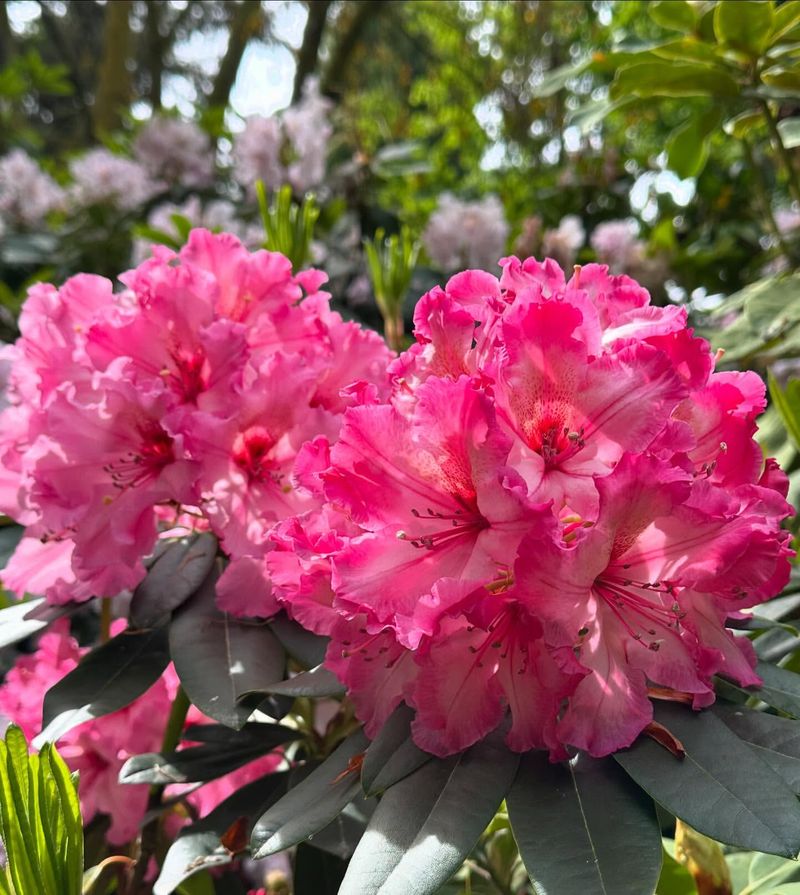
Rhododendrons are loved for their lush blooms and variety of colors, but they pose a risk to cats. These flowers contain grayanotoxins, which can lead to severe health issues if ingested.
Signs of poisoning include vomiting, diarrhea, and loss of coordination. In some cases, ingestion may lead to cardiovascular problems. Immediate veterinary care is essential for recovery.
To prevent exposure, consider keeping rhododendrons in areas inaccessible to cats or opting for non-toxic alternatives. Educating family members about the risks can further help in maintaining a safe environment. By taking these precautions, you can enjoy rhododendrons without risking your cat’s health.
8. Lily Of The Valley
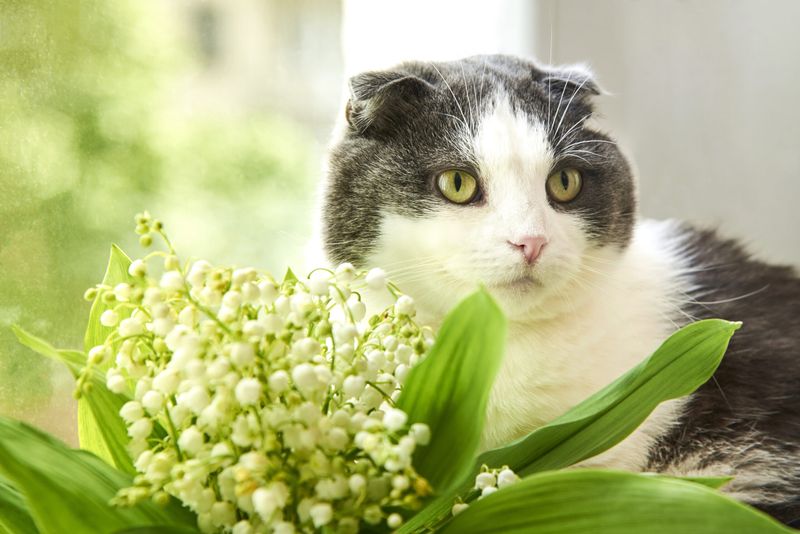
Lily of the Valley is a delicate and fragrant flower that poses a significant risk to cats. Its leaves and flowers contain cardiac glycosides, which can be fatal if ingested.
Symptoms of poisoning include vomiting, diarrhea, and heart arrhythmias. Quick veterinary intervention is crucial to address these issues and ensure recovery.
To protect your feline friend, consider planting Lily of the Valley in areas out of reach or replacing it with non-toxic flowers. Creating a safe garden environment involves understanding the risks and taking preventive measures, ensuring your cat remains healthy and happy.
9. Sago Palm
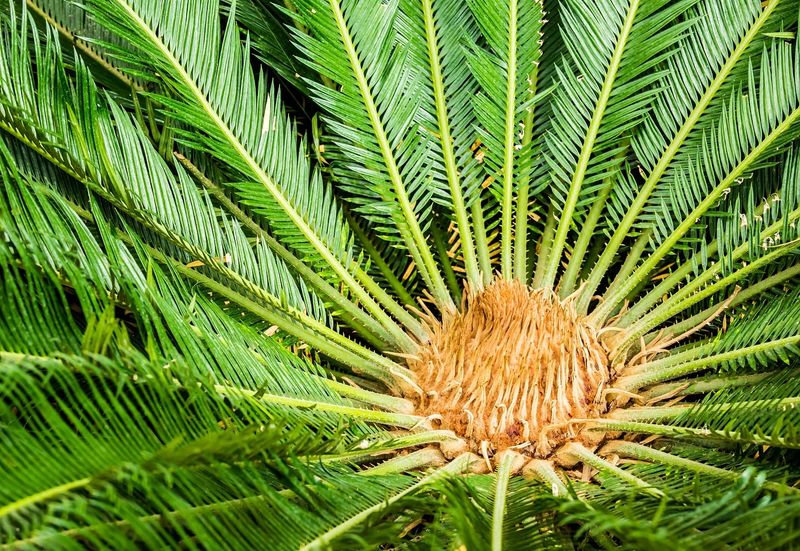
While not a flower, the Sago Palm is worth mentioning due to its extreme toxicity to cats. Often used as an ornamental plant, it contains cycasin, which can cause severe health problems.
Symptoms of Sago Palm poisoning include vomiting, diarrhea, and liver failure. Without prompt veterinary care, ingestion can be fatal.
To ensure your cat’s safety, it’s best to avoid having Sago Palms in your home or garden. If you must keep one, place it in a location inaccessible to pets. By taking these precautions, you can prevent potential tragedies and keep your feline friend safe from harm.
10. Cyclamen
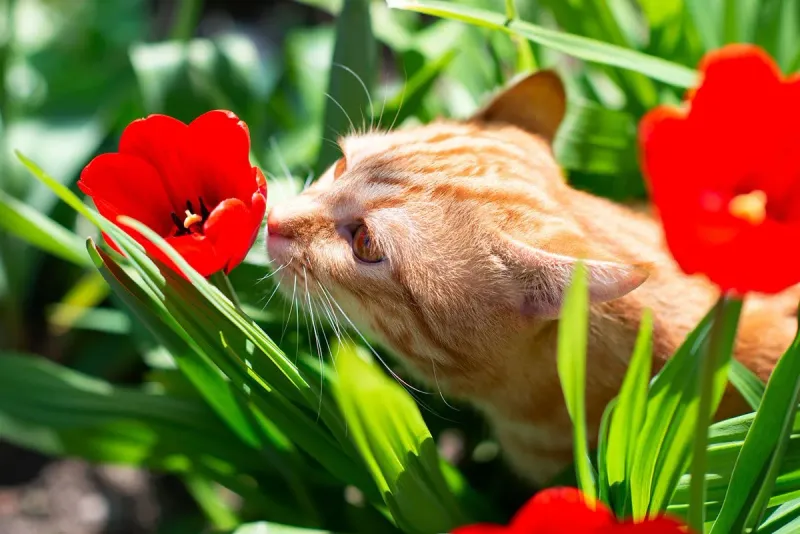
Cyclamen is another beautiful yet toxic plant that cat owners should be wary of. Found indoors and outdoors, these flowers contain saponins, which can cause serious health issues.
Symptoms of cyclamen poisoning include drooling, vomiting, and diarrhea. In severe cases, heart rhythm abnormalities may occur, necessitating immediate veterinary care.
To safeguard your cat, consider keeping cyclamen plants out of reach or opting for non-toxic alternatives. Educating family members about the potential dangers can further help in creating a safe living environment. By taking these steps, you can enjoy the aesthetic appeal of cyclamen without putting your cat at risk.

